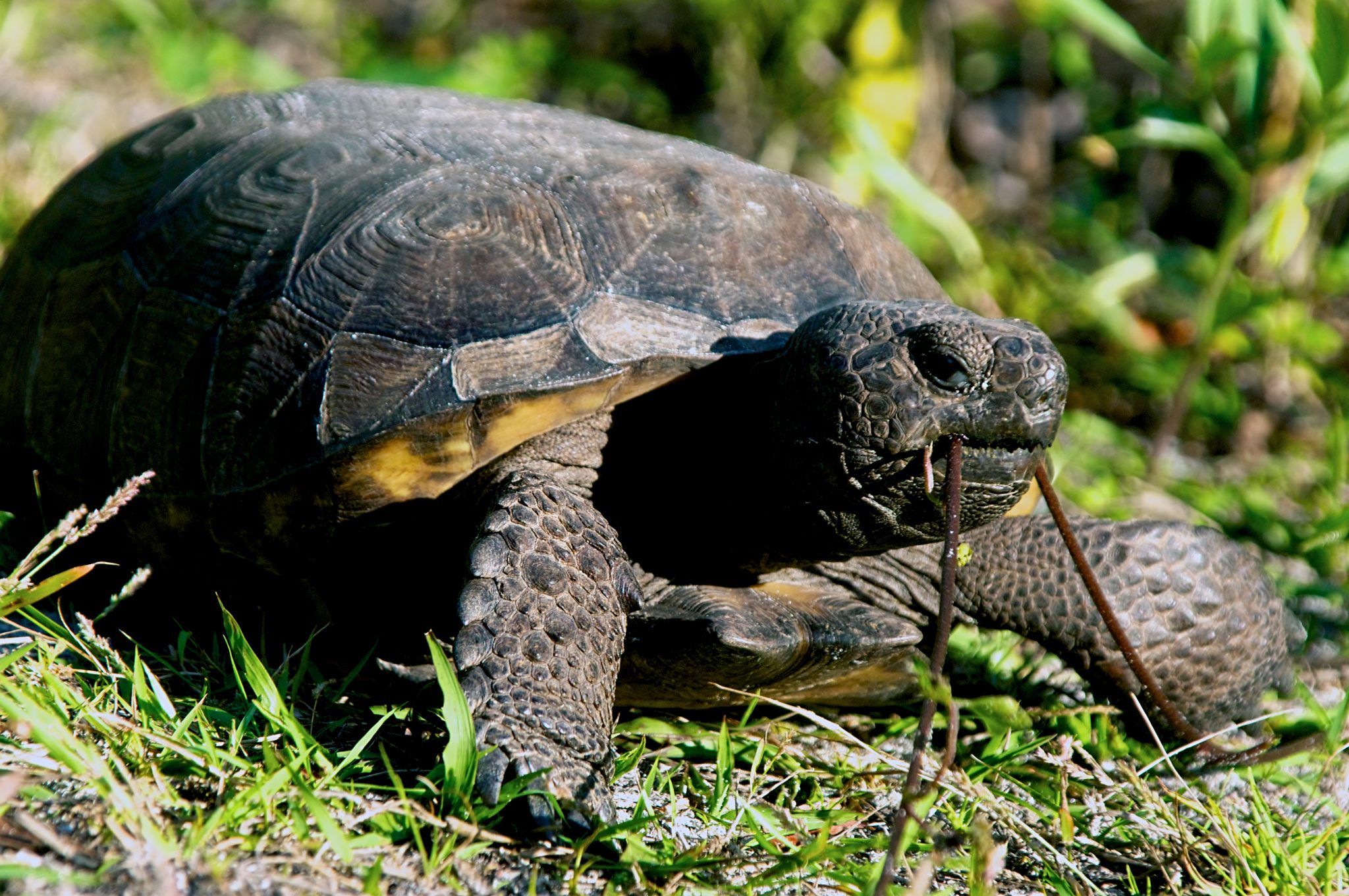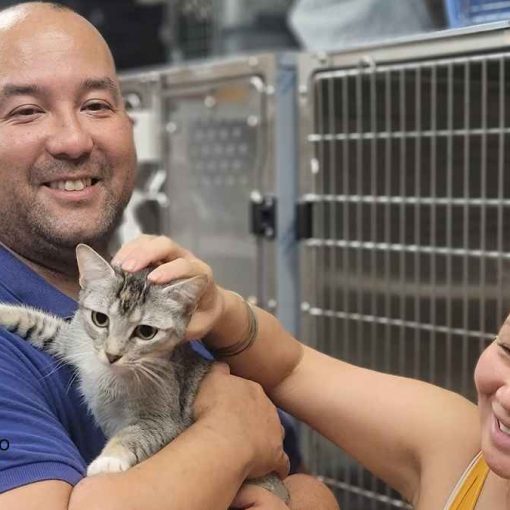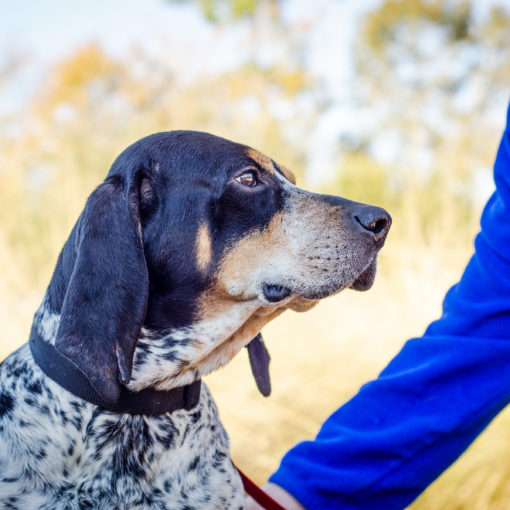By Ellie Whitcomb Payne
Photography provided by Kyndel McConchie with SCDNR
South Carolina Department of Natural Resources (SCDNR) plans to release a group of gopher tortoises late this summer at the Aiken Gopher Tortoise Heritage Preserve, where the agency has been tracking the dwindling species since 2016. This is part of a collaborative effort with the Riverbanks Zoo in Columbia and Savannah River Ecology Lab (SREL) that seeks to bolster the population of tortoises at the preservation site.
Will Dillman, a herpetologist with SCDNR, explains that the idea behind the survivor and movement study is to collect waif hatchlings (baby tortoises from unknown regions) and raise them through a husbandry program at Columbia Zoo, to later be released and tracked for educational purposes. You won’t be able to find these tortoises on exhibit. The zoo separates the reptiles in a controlled environment to mimic life in the wild, regulating details, such as diet and UV exposure. “Riverbanks Zoo partnered with us to provide expertise in tortoise rearing,” says Dillman. “A successful telemetry project will deliver data about survivorship and recruitment of hatchlings and released juvenile tortoises with the overall goal to establish a viable population on the site.” The project is a continuation of the program organized in 2006 by SCDNR and SREL, who have successfully reintroduced tortoises at the Aiken site from the entirety of the species range.
Gopher tortoises live in southeastern United States with the northern end of its habitat encompassing much of southern South Carolina, where they are considered endangered. As a keystone species, hundreds of other animals depend on the reptiles’ large burrows for survival, and the loss of the tortoises would be determinantal for the ecosystem.
When released, most of the tortoises will have survived past the vulnerable hatchling age and will be large enough to carry a small radio transmitter, which SCDNR will use to track movement and behavior. An area will need at least 250 adults of varying ages to see regular reproduction needed for population growth. Some of the 30 hatchlings currently in the study will be released this year, with more in years to come. The group will consist of hatchlings, yearlings and 2-year-old tortoises.





